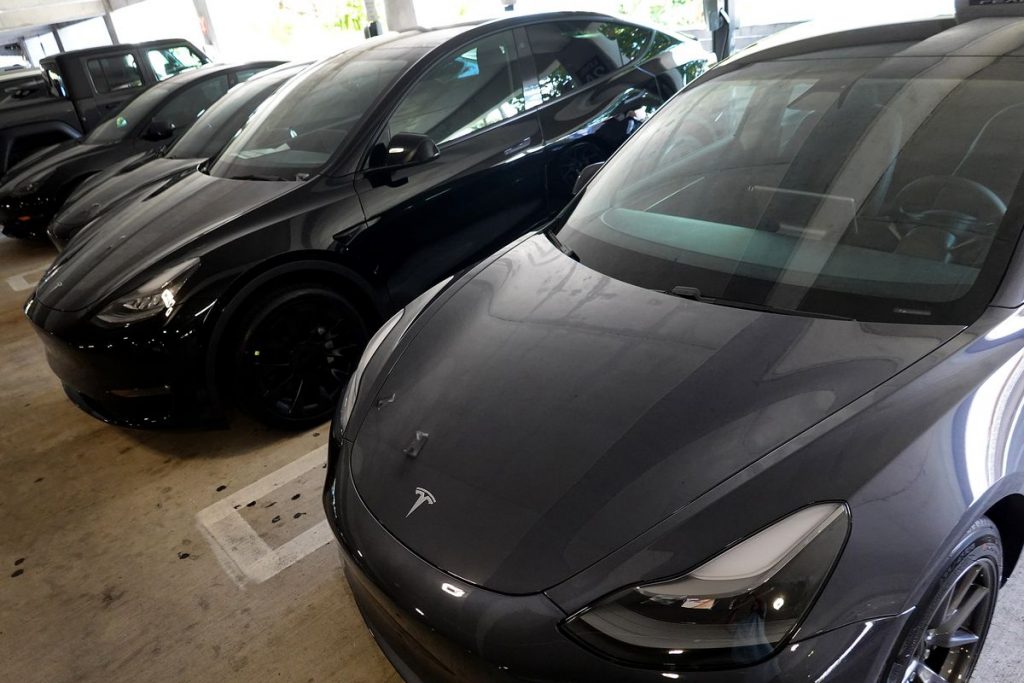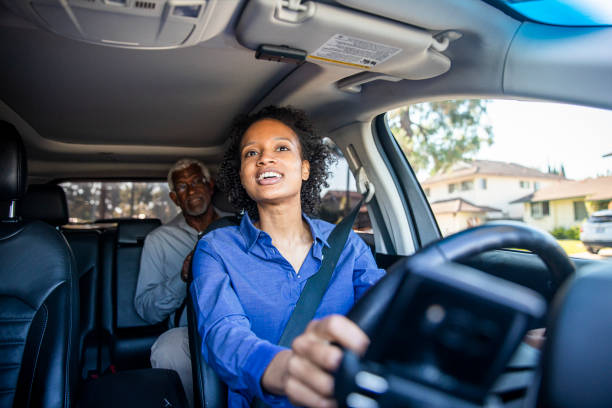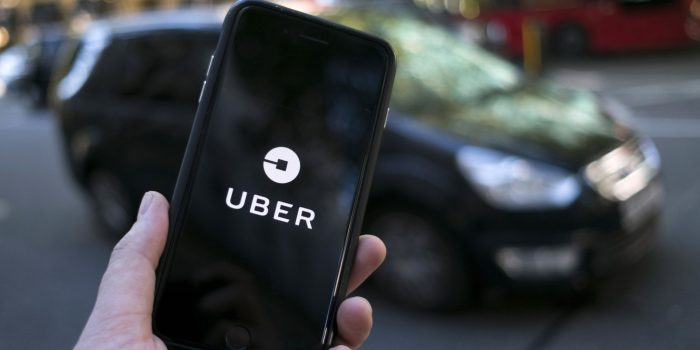Uber, the ride-hailing service, has decided to add 50,000 Teslas to its current US fleet to fully transition to EVs by 2030.
According to reports, the business has partnered with Hertz, a car rental provider. Yesterday, the latter revealed that it had added 100,000 EVs to its platform.
Many transportation businesses, including Uber and Hertz, plan to reduce their use of gasoline-powered vehicles and transition to all-electric vehicles by 2030. California, the country’s largest automobile market, has mandated that ride-hailing companies like Uber and Lyft have 90 percent of their fleets run on electricity by 2030.
Drivers who do not own a car can now get discounts from Uber and Hertz. Hertz offers a Tesla Model 3 to Uber drivers in Los Angeles, San Francisco, San Diego, and Washington, DC for $334 a week, including maintenance and insurance. Once the initiative begins, Uber claims that weekly costs will drop to $299 or less. To raise awareness about the program, various discounts are being offered, and the plan is being spread across the country to reach Uber’s objective of acquiring 50,000 electric vehicles.

Uber believes it is tough to recruit drivers on the present rental, but the notion might be a success since fewer maintenance and fuel expenditures are involved.
Only until drivers have met the minimum criterion of 150 journeys with a rating of at least 4.7 stars will they be allowed to hire the EV. Also, they will have access to Tesla’s supercharger network and discounts at participating EVgo charging stations for refilling.
Additionally, drivers who pick up passengers in electric vehicles receive an extra 50 cents per ride, while drivers who use only battery-electric vehicles receive a dollar extra per trip, for a total of $1.50 each ride. The average weekly cost of a Hertz rental car, according to Autos.com, is between $150 and $325.

Last year, Uber made the ambitious boast that it would be entirely electric in the United States, Canada, and Europe by 2030 and fully electric globally by 2040. In addition, the company claimed that it would spend $800 million to assist Canadian and European drivers in making the transition to battery EVs by 2025. However, an Uber official refused to share the financial terms of the company’s agreement with Hertz.
Uber’s history with car rentals and leases is a little shady. The company stopped a subprime auto loan programme after drivers complained about rising debt due to high-interest rates. Uber emphasises that this new service primarily aims at drivers who rent rather than drivers who want to transition from owning to renting.

Ride-hailing was initially marketed as a more eco-friendly alternative to individual car ownership. Numerous studies, however, have found that the average ride-hailing trip produces approximately 50% more pollution than the regular trip.
According to Bloomberg, less than 1% of ride-hailing vehicles in the United States are electric. Even though electric vehicles account for less than 5% of annual sales, the auto industry is undergoing a massive upheaval.
Uber isn’t the only ride-hailing service to use Tesla vehicles. Earlier this year, Revel, a moped rental company, announced that it would establish its ride-hailing service in New York City, equipped with 50 vivid blue Tesla Model Y vehicles.


